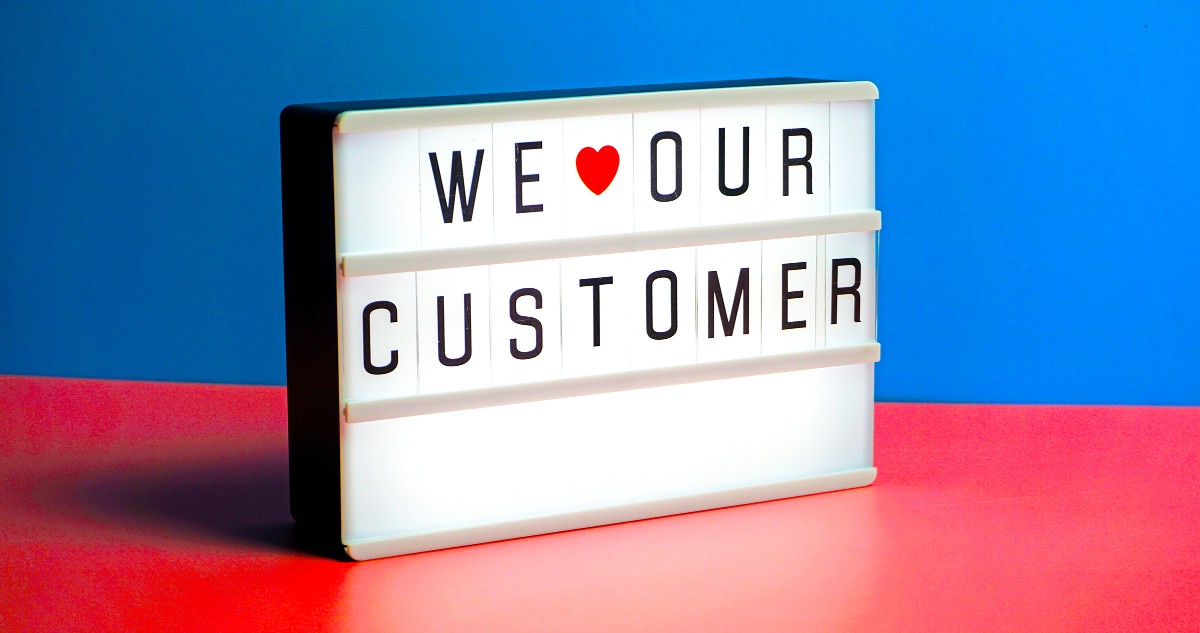Marketing Funnel
In our latest blog post, we explain how a marketing or sales funnel works and which phases there are in such a funnel. Depending on who you ask, you will get a different answer as to what the individual phases of the funnel are called. That's why we have given our phases different names. Nevertheless, the funnel always works in a similar way and we will show you what you should pay attention to and how we can support you in the respective phase with our data, mailings and software solutions.
PHASE 0: BEFORE THE FUNNEL BEGINS
Before you start building a marketing or sales funnel to acquire new customers, we recommend that you analyze your existing customers and get to know them better. Find out what needs your customers have, which problems you can solve with your products and services, which touchpoints you use to reach your customers and which advertising messages resonate best with your customers. The better you understand your existing customers, the more precisely you can identify the target group that is most promising for your company and therefore best suited for acquiring new customers.
STAGE 1: UPPER FUNNEL, LEAD GENERATION OR AWARENESS
The first phase of the funnel describes the classic awareness phase. This is where you draw the attention of interested parties or potential new customers. Nowadays, it is not so easy to draw attention to your company, as there is a lot of competition, most products are interchangeable and there is a flood of advertising - regardless of whether you are active in B2C or B2B business. This phase is therefore all about standing out. Often, attempts are made to draw the attention of prospects to your brand via paid online advertising in search engines or social media. You have probably already experienced that this is not so easy, as you are vying for users' attention with many competitors.
What would it be like if your advertising message landed directly in the letterboxes or inboxes of potential prospects? By renting mail or email addresses, you have the opportunity to address potential new customers directly with a mailing. And since you have determined in advance which target group is most promising, you can select the rental addresses precisely according to these criteria. That sounds like a promising touchpoint, doesn't it?
With a Direct- or E-mailing you not only lead the interested parties directly to your website and to your offers, you also support the effect of your other communication measures, as you attract special attention in this first awareness stage through the mailing.
STAGE 2: MIDDLE FUNNEL, LEAD NURTURING OR ENGANGEMENT
The second stage of the funnel is the so-called engagement phase. The prospect should now be encouraged to interact with you and reveal more about themselves and their needs. In this phase, offer prospective customers exciting content such as videos, white papers or e-books to download. In B2B business, for example, you can invite them to a webinar. Or you can offer your prospects studies or infographics to download.
Signing up for your newsletter is also typical of the middle funnel. Invite your prospects to sign up for your newsletter and regularly send relevant content to your potential new customers after they have signed up. This will keep interest high and provide you with further information about the needs and interests of subscribers through click behavior.
At this stage, make sure that you do not simply make your content freely available online, but take the opportunity to obtain the valuable contact details of interested parties and, if possible, enrich them with further information. If you have difficulties enriching your prospects with additional information, we will be happy to support you. In our databases, you will find countless meaningful additional characteristics about people and companies that will help you to better understand your prospects, address them even more specifically and make them tailor-made offers.
STAGE 3: LOWER-FUNNEL, PURCHASE, SALES OR CONVERSION
The third stage of the funnel is about conversion, i.e. triggering an initial purchase. In this phase, use all the information you have gathered about your prospective customers so far and convince them of your products and services with tailored offers.
Contact prospective customers by email, direct mail or telephone and offer attractive new customer discounts, provide samples and demos and enable your customers to receive personal advice.
At this stage at the latest, your sales team is also in demand, because now it's also about providing specific customer advice and clearing up any last doubts before the first purchase.
STAGE 4: BOTTOM FUNNEL, REPURCHASE, LOYALTY OR RETENTION
We've said it many times before: it's always easier and cheaper to keep an existing customer than to acquire a new one. So nurture your existing customers by actively staying in touch with them, responding to their needs and rewarding them for their loyalty with special promotions.
In this fourth and final phase, which will hopefully last a long time, our Direct- and emailings come into play again. For example, ask how satisfied your customers are after a purchase. Or send a postal mailing and surprise your customers with invitations to events or a gift voucher. There are countless ways to strengthen customer loyalty.
Contact us if we have inspired you to use a funnel to attract new customers. If you have any questions on this topic or would generally like to know how you can use our services specifically for your marketing, our consultants from Key Account Management will be happy to help and advise you.
 15 Apr
15 Apr
10 CUSTOMER LOYALTY TIPS WITH DIRECT MARKETING
You hear it again and again, and yet it is often forgotten. It is much cheaper and more efficient to retain existing customers than to attract new ones. Of course, this doesn't mean that you can completely ignore lead generation. But it's worth strengthening the bond with your customers.
Read more 15 Apr
15 Apr
ANALYTICS BLOG NO. 1: A 360° VIEW OF YOUR CUSTOMERS WITH CUSTOMER ANALYTICS
We are starting our analytics blog series with the topic "holistic and precise 360° view of your customers". It's no (marketing) secret that it's cheaper and easier to retain existing customers than to acquire new ones. If you want to retain your customers and maximize your marketing ef
Read more 15 Apr
15 Apr
ANALYTICS BLOG NO. 3 - CUSTOMER LIFE CYCLE
It's no secret that the world's most successful companies have the most loyal customers. These companies have realized that it makes economic sense not only to focus on new customers, but also to invest in existing customers.
Read more